Our first drive of the facelifted BMW X7 in August centred on the M60i. This time we're in the xDrive40i, a model with noticeably less performance but a price that's a good £22,000 below that of its range-topping sibling, at £82,450.
The visual changes over the original X7 launched in 2019 are quite comprehensive, especially up front, where the big BMW SUV adopts a split-headlight treatment similar to the recently unveiled fifth-generation 7 Series. Instead of single assemblies on each side, there are two separate units: thin daytime running lights, then larger LED main beams with optional 'Laser Light' functionality below. They're set within a newly designed bumper that also includes a reworked kidney grille with optional illumination.
It is a successful mid-life remake, if the aim was to make the X7 more distinctive-looking than before. It no longer looks like a beefed-up X5, that’s for sure. Buyers can also option wheels up to 23in in diameter, although the standard wheels are 21in.
However, the updated X7 also has some significant interior upgrades, including a newly styled dashboard featuring a curved display panel similar in style to the iX's. It combines a 12.3in instrument display and a 14.9in central display for the infotainment functions, and runs BMW’s new ID8 operating system.
The new, lower-mounted dashboard receives revised air vents as well as a light band within the trim element with X7 graphics. The analogue ventilation controls of the older model, meanwhile, are replaced by a rather complex set of digital controls in the central display.
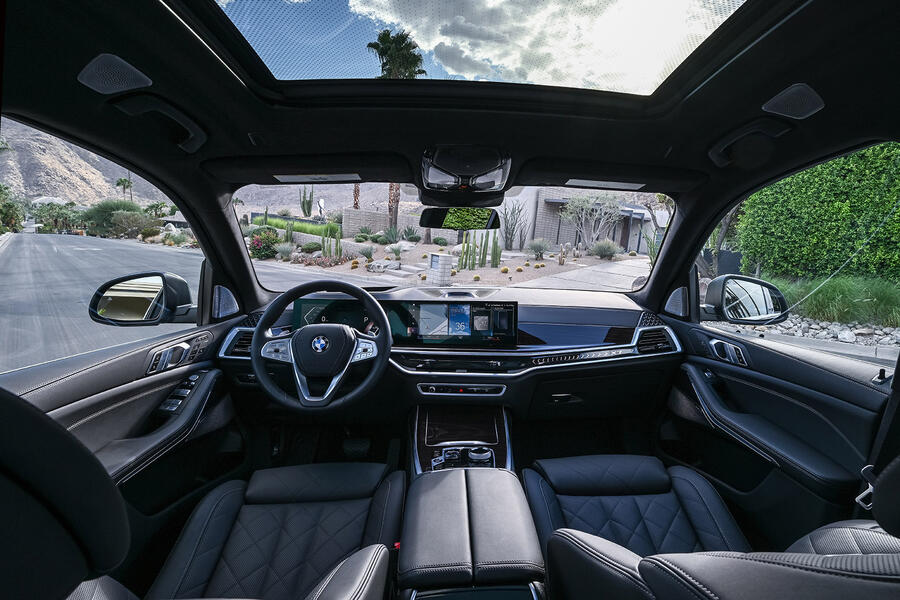
Broad front seats with firm support and generous adjustment make the X7 xDrive40i a terrifically comfortable car to drive. A high seating position and a large expanse of glass, including an optional full-length panorama sunroof, provide excellent vision.
Outright roominess also continues to be one of the X7’s biggest draws, and there’s the choice of a five-, six- or seven-seat layout. It is agreeably versatile and, as you might expect given it counts the Audi Q7, Mercedes-Benz GLS and Range Rover among its rivals, suitably luxurious. In five-seat form, there’s a generous 750 litres of luggage space. With the rearmost seats in use, though, the capacity shrinks to just 326 litres.
Central among the changes to the X7’s engine line-up is the introduction of a new mild-hybrid version of BMW’s turbocharged 3.0-litre straight-six petrol engine – codenamed the B58 – in the xDrive40i driven here. It adopts a crankshaft-mounted starter-generator integrated into the front section of the standard eight-speed ZF-produced automatic gearbox, endowing it with electric boosting for added performance and engine-off coasting functionality for efficiency improvements. Power and torque are up by 47bhp and 51lb ft, taking the reserves to 375bhp and 398lb ft. The starter-generator alone is capable of delivering 12bhp and up to 147lb ft.
On the road, the X7 xDrive40i’s revised engine is smooth, very flexible and quite punchy. It may lack the vigorous step-off and overall performance of the X7 M60i’s twin-turbocharged 4.4-litre V8, but with mild-hybrid properties bringing a good deal more power and torque than before, the reworked six-cylinder is nevertheless determined and arguably even more entertaining now, revving freely and eagerly up to 6800rpm.

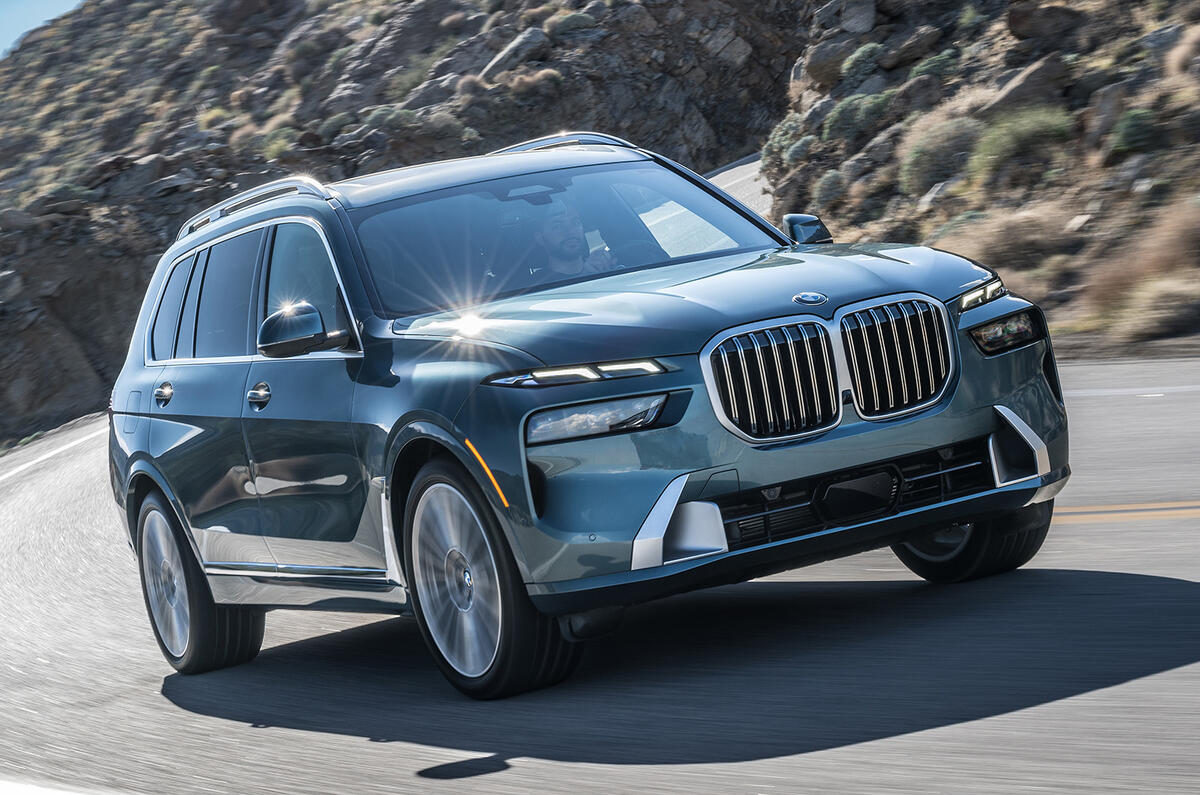
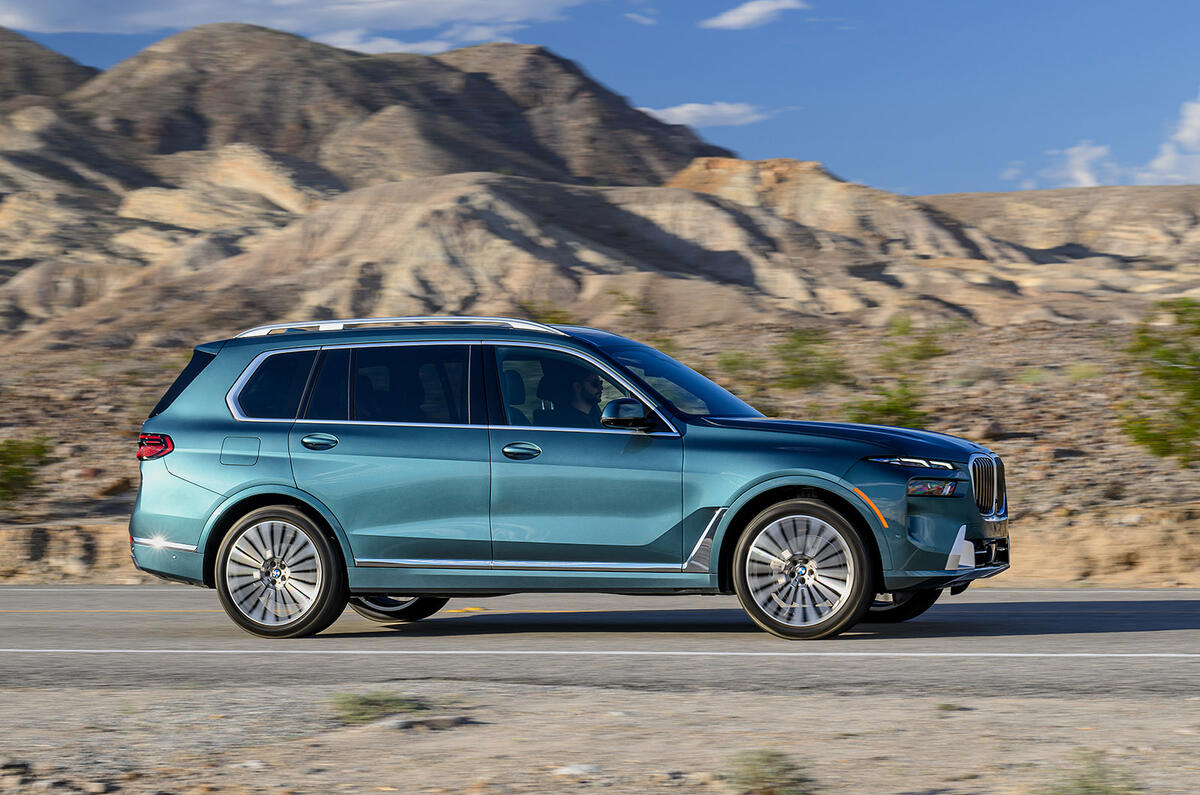
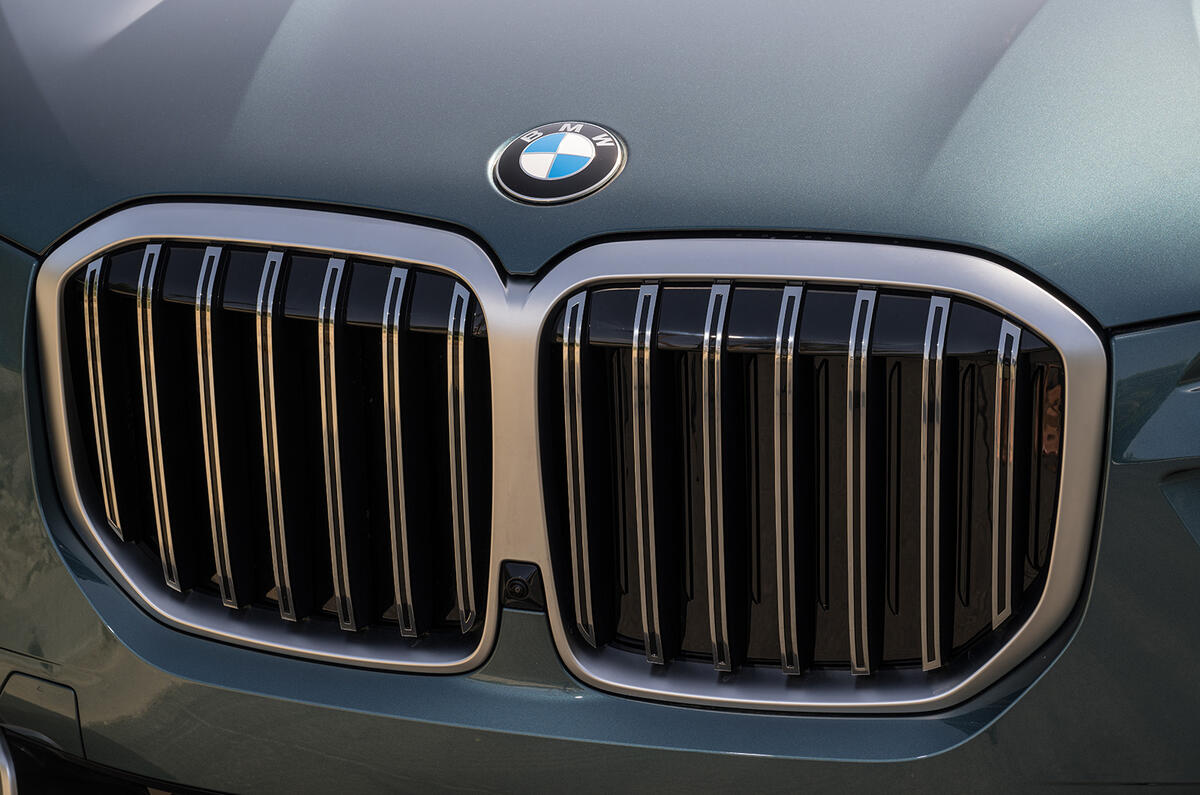
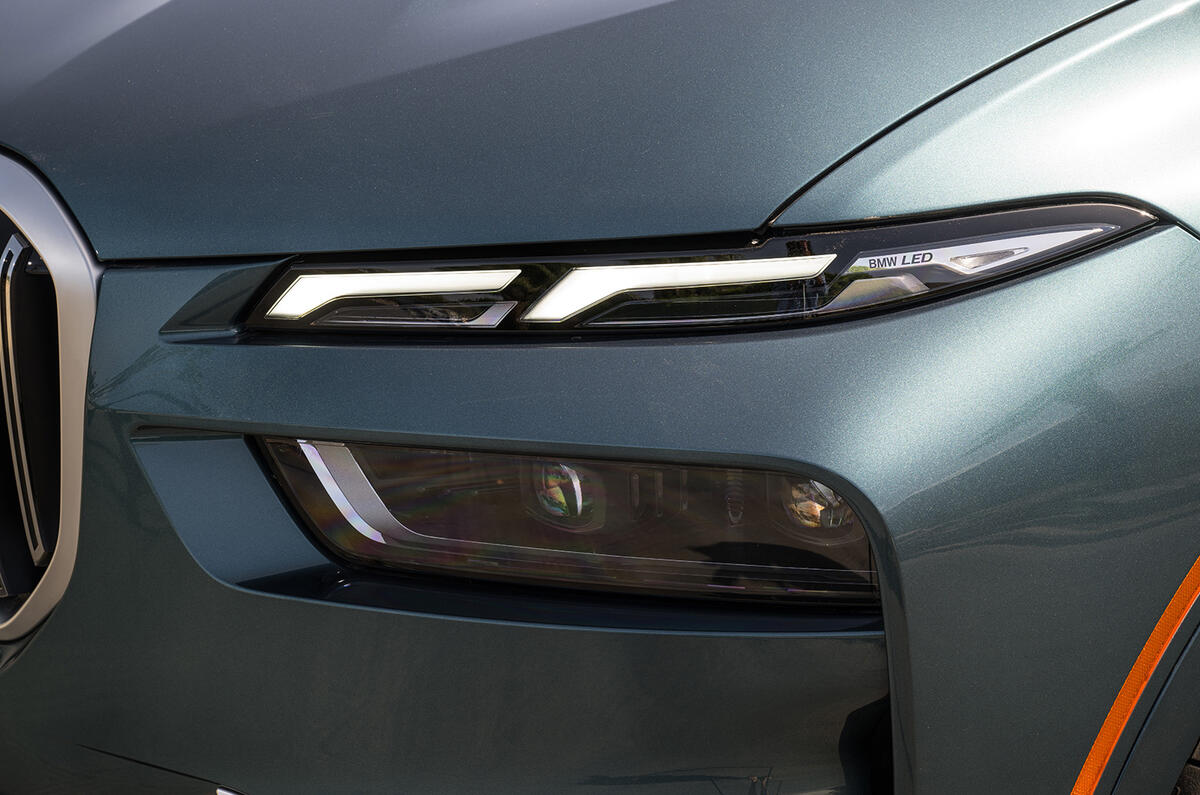
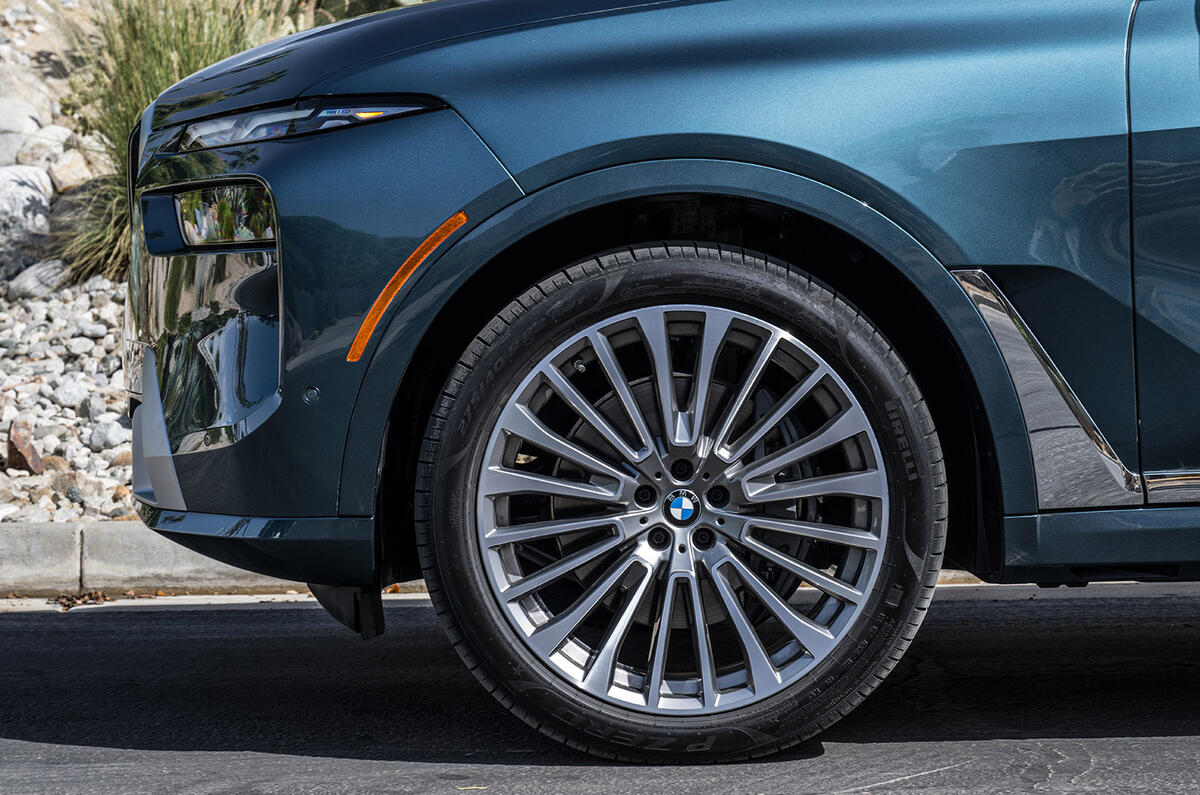
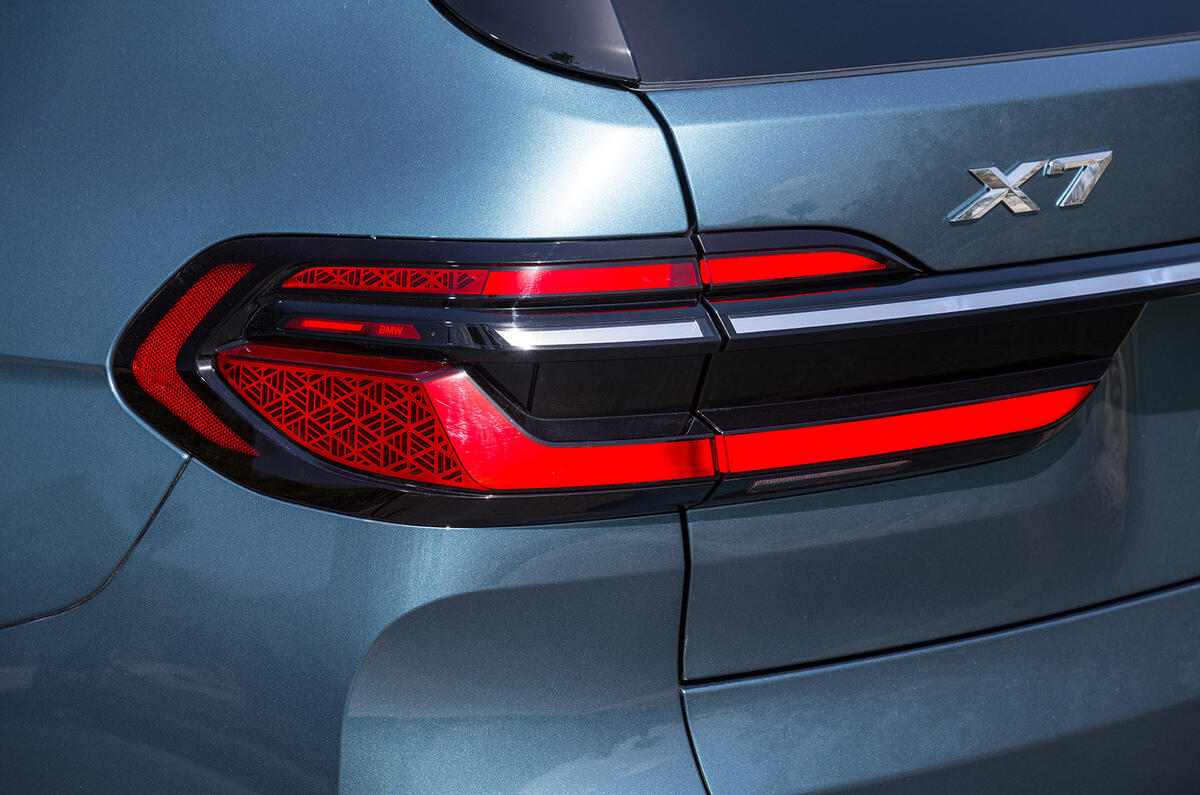
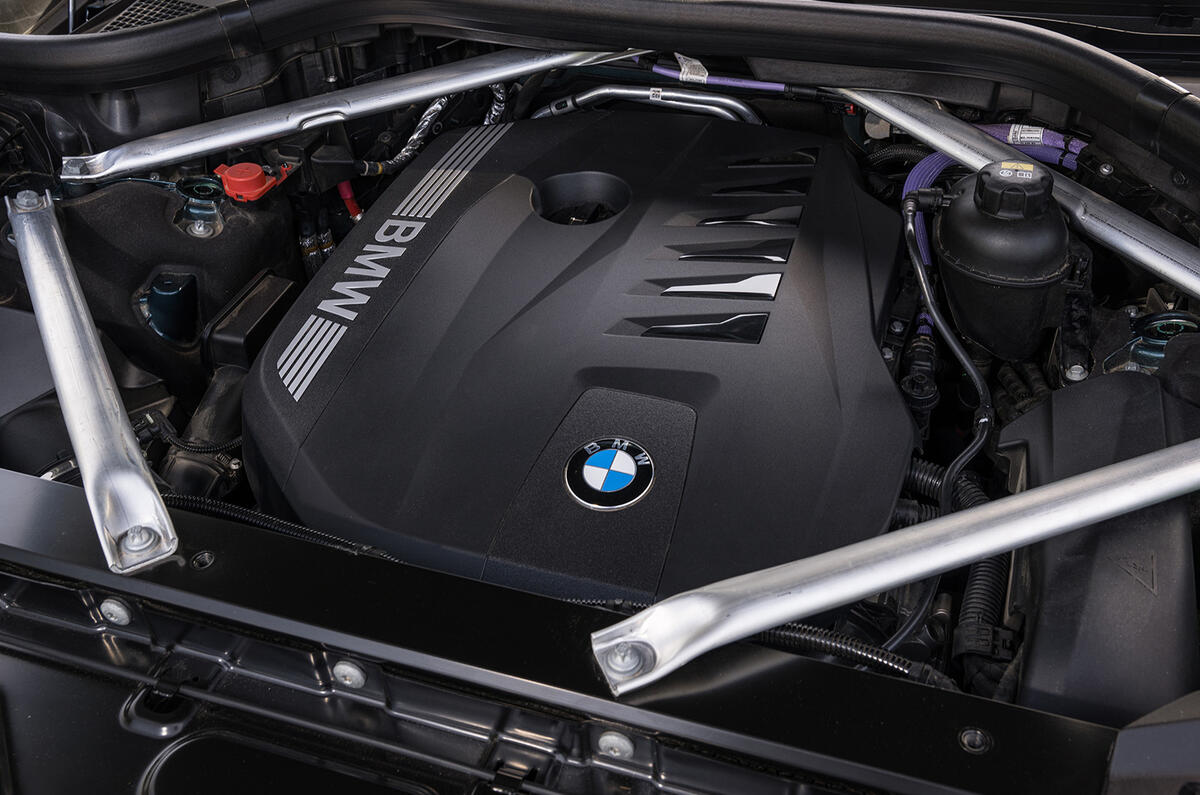
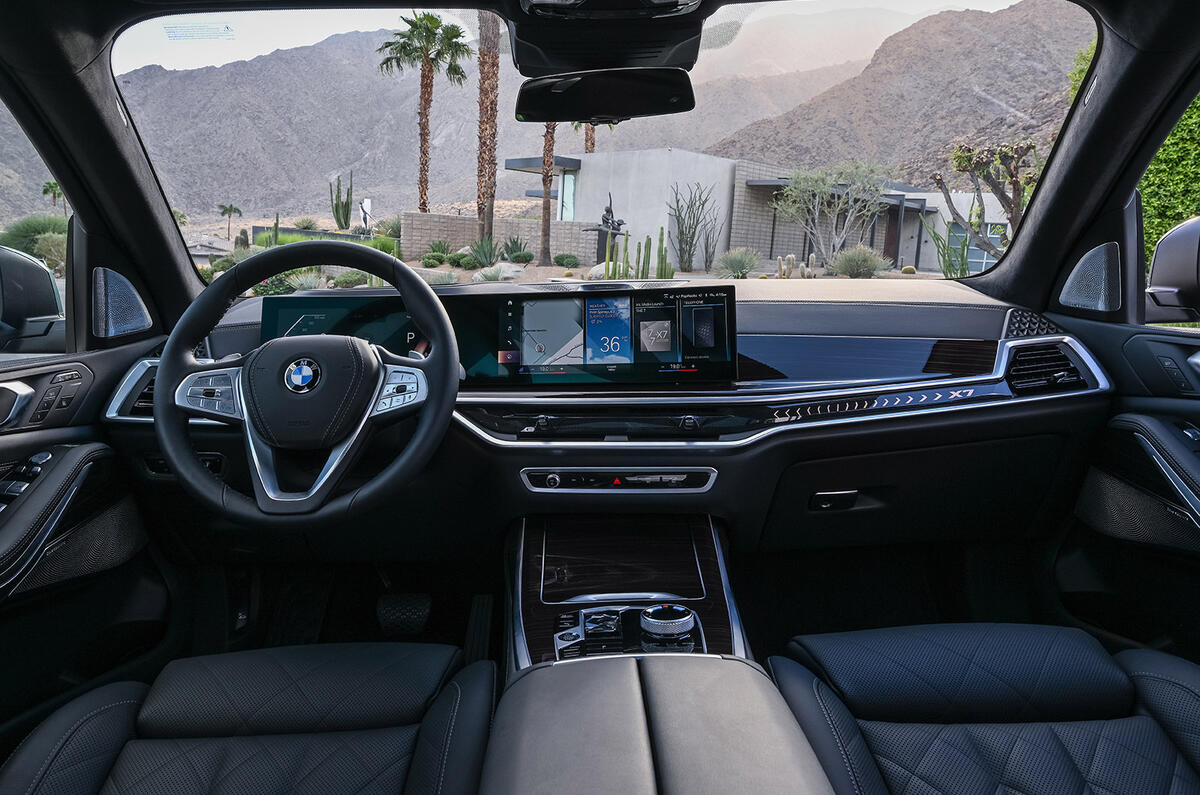
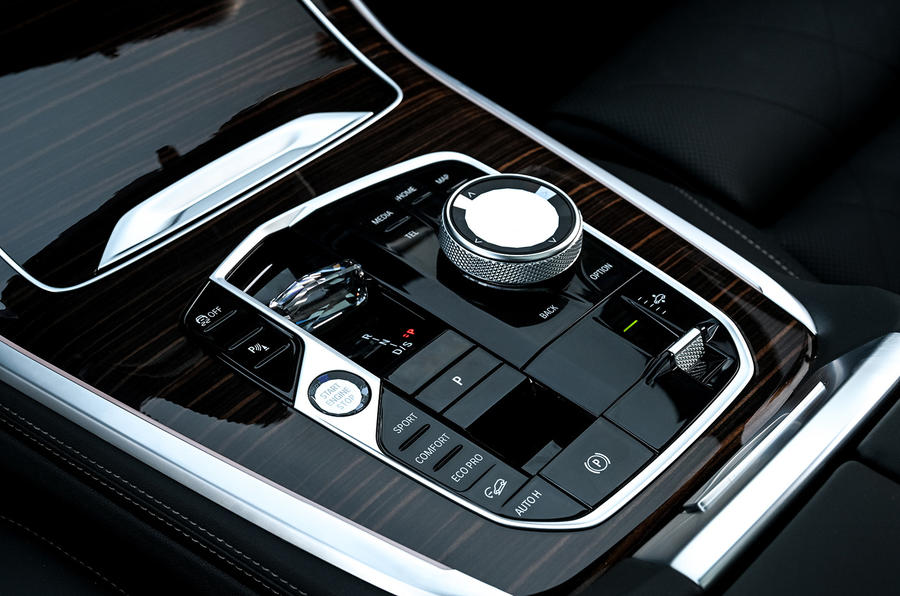
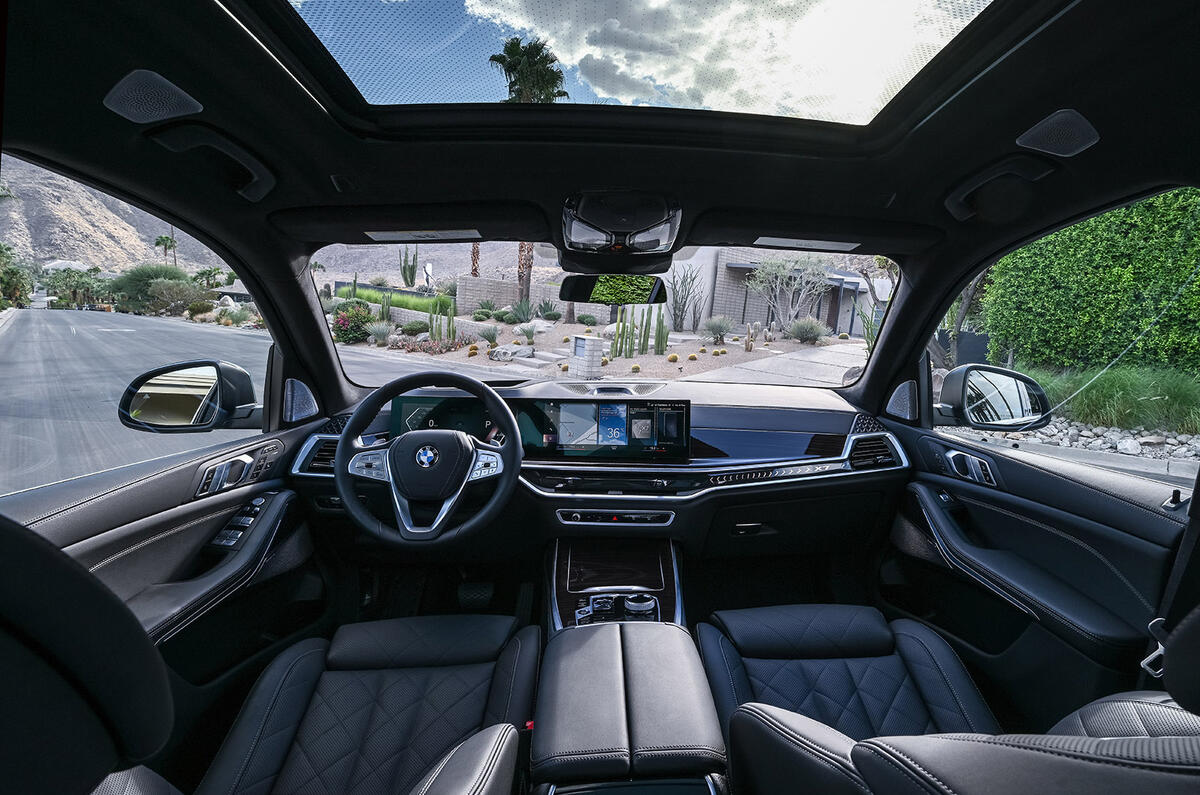
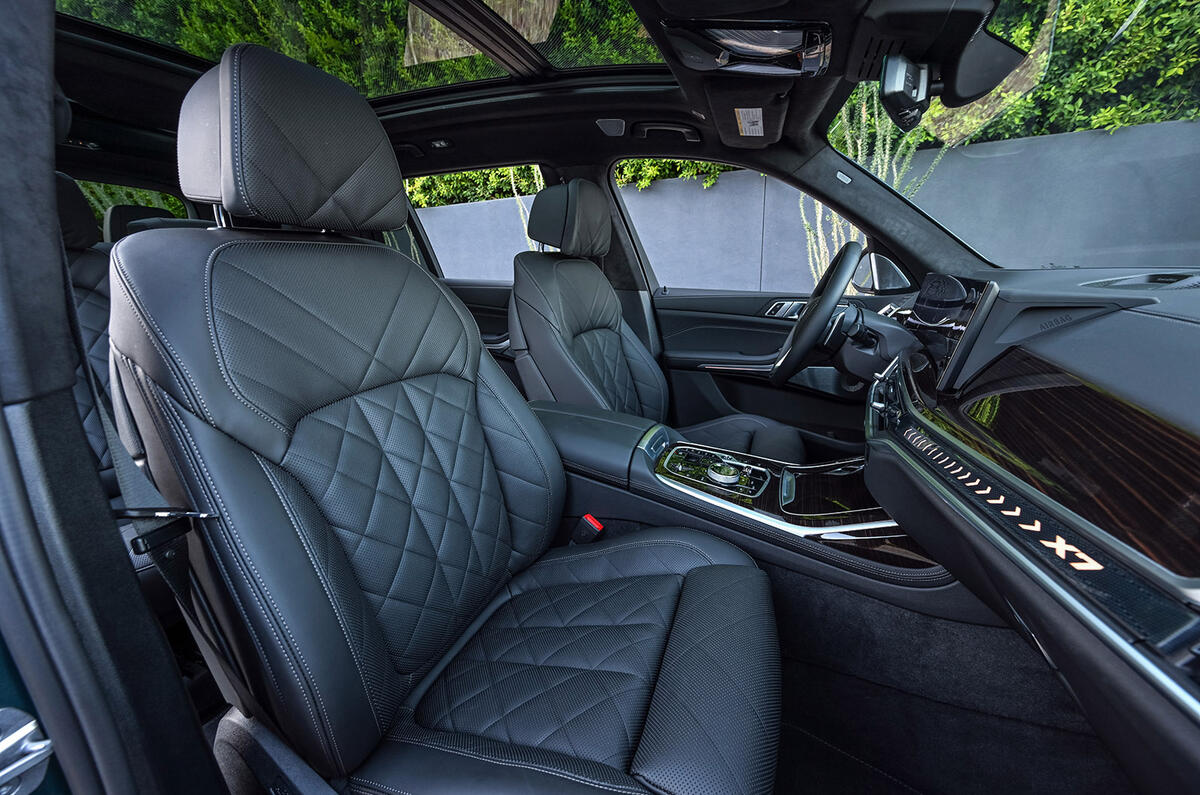
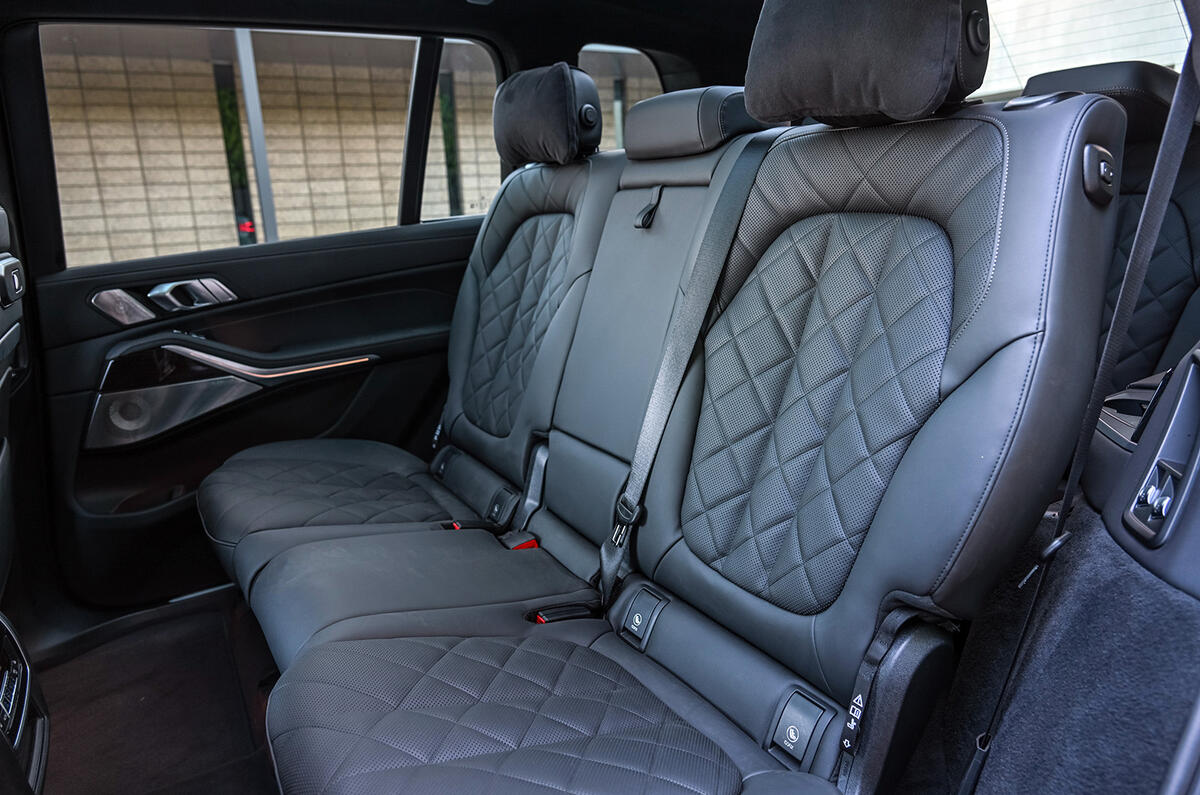
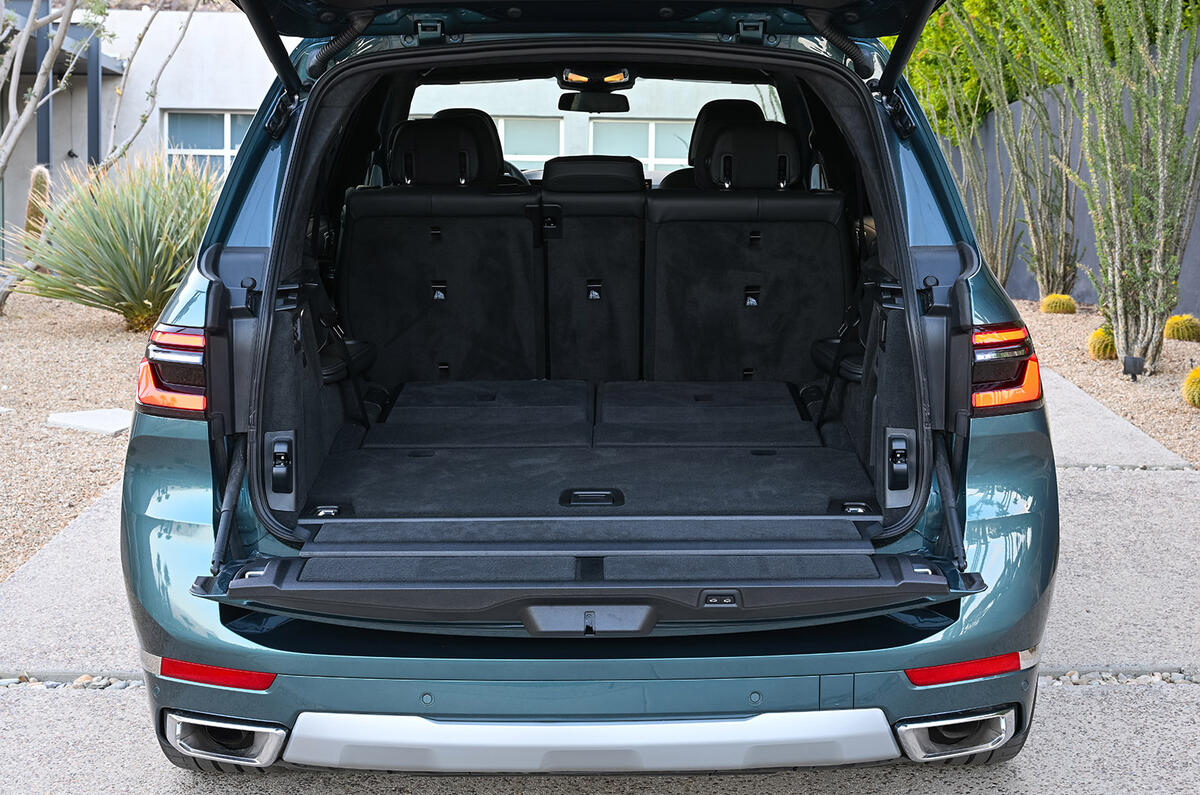
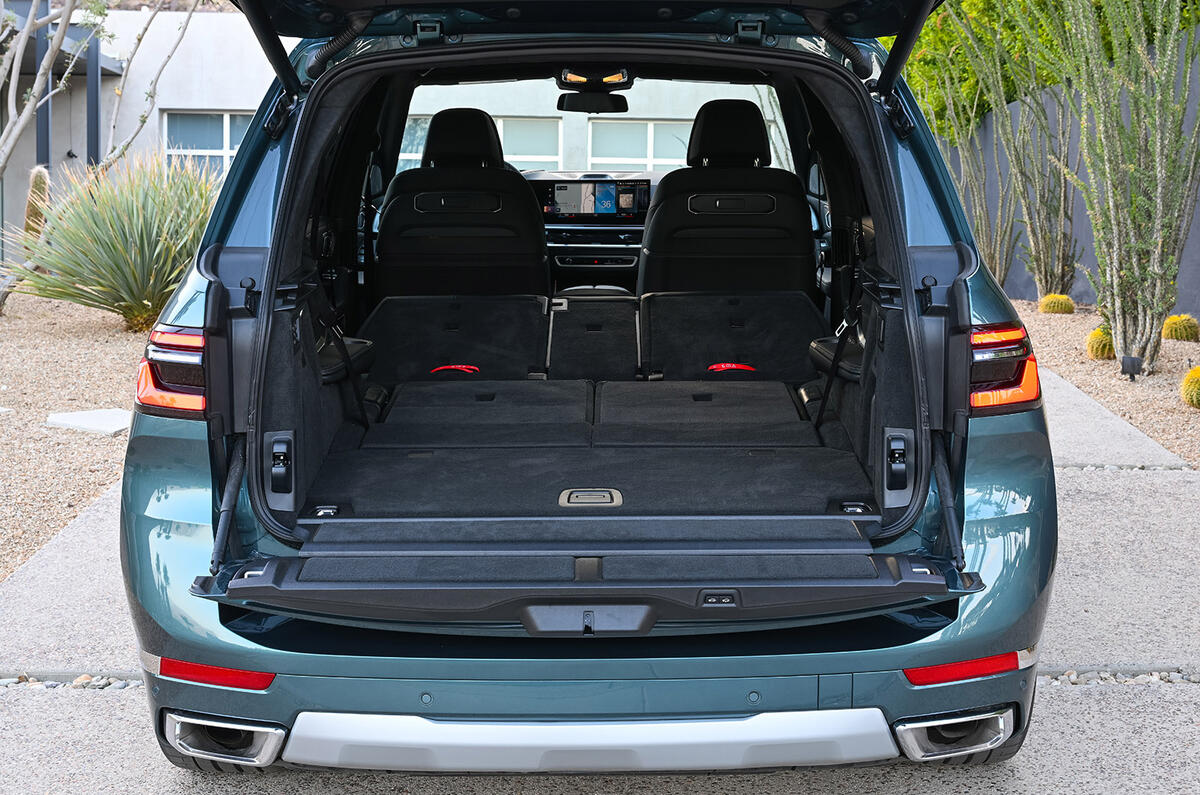
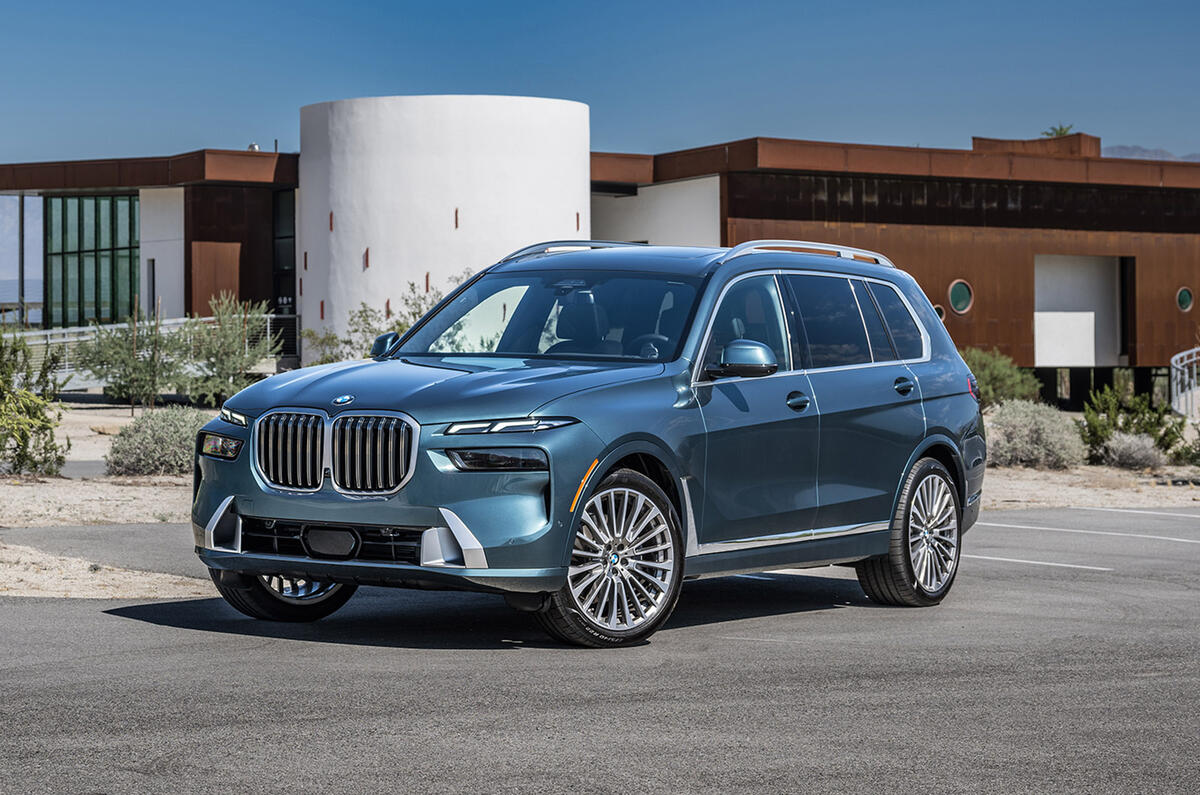
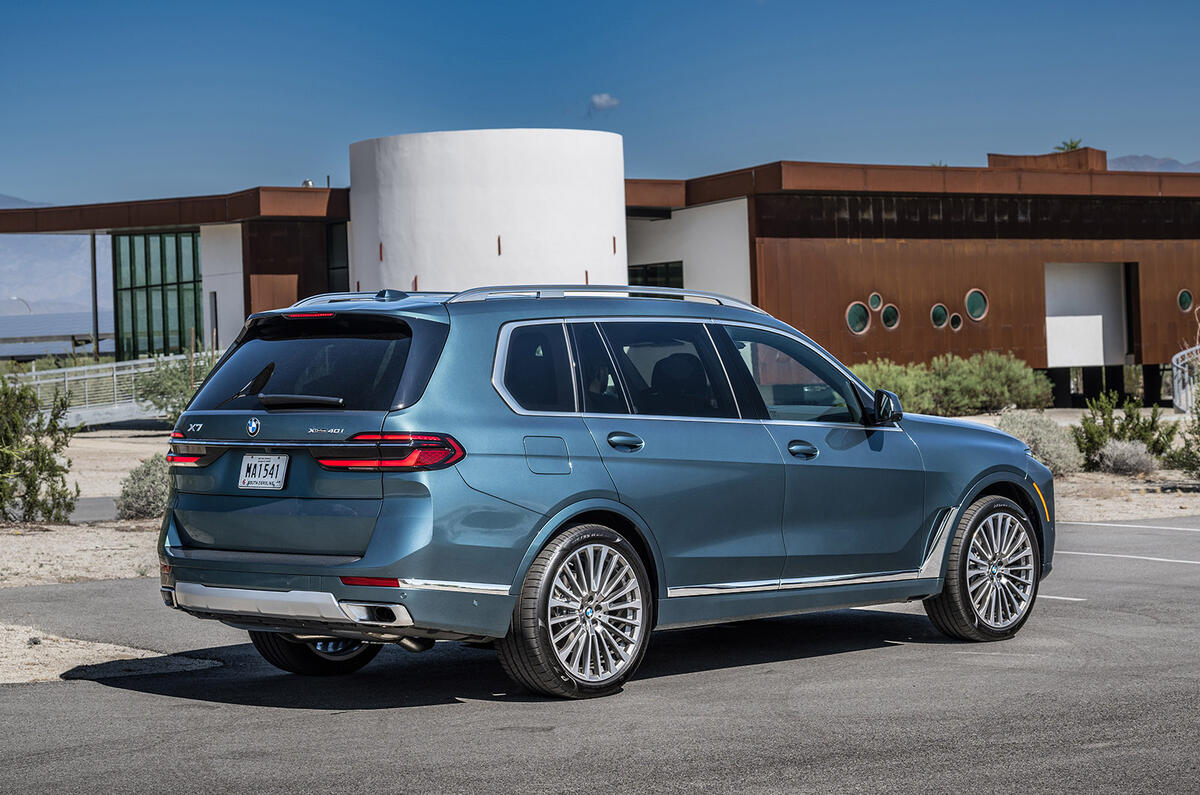
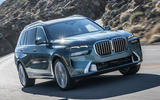
















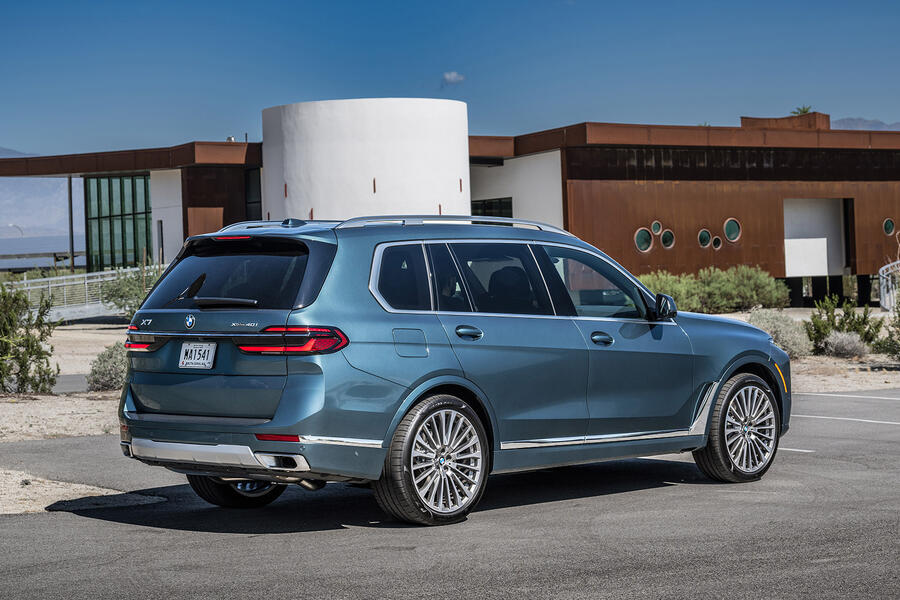


Join the debate
Add your comment
BMW clearly designing cars for the Chinese market. Even if I had the funds to buy one I wouldn't even contemplate it. Fugly
BMW clearly designing cars for the Chinese market. Even if I had the funds to buy one I wouldn't even contemplate it. Fugly